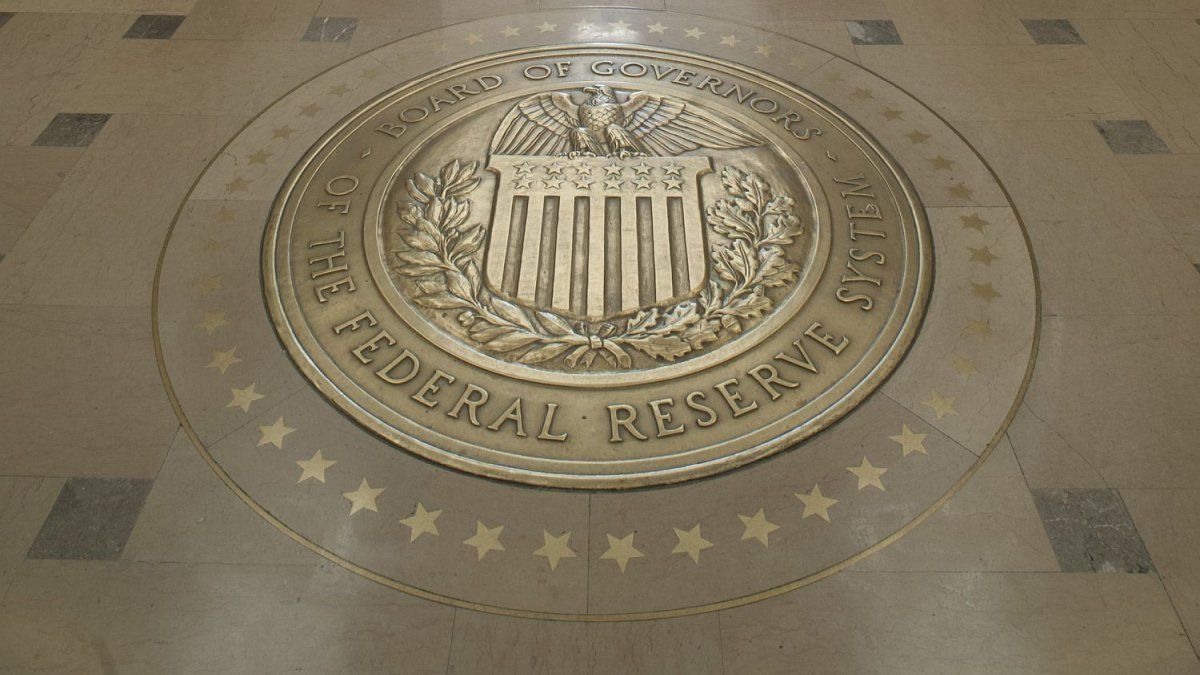Unlike Trump, the vision of the Federal Reserve is conventional: tariffs tend to lower growth and inflation. As in 2021, he does not want to run ahead of the events or the administration of the administration. The markets feared a greater frankness, and they took it well.
The Fed premiered the loss of rates last September. He advanced after raising them – from 0.25% to 5.50% – between 2022 and 2023 to bend the overflow of inflation that he tried temporary and was (is it?) A durable back. In full electoral discussion it reduced the cost of the Fed Funds at half a point. And after Trump’s victory he did it in another medium. The cuts were based, Jay Powell Dixit, only in the analysis of the circumstances of the moment. The campaign speech did not count at all. “We do not guess, we do not speculate, we do not presuppose” What the incoming administration will do, he clarified in December. The Fed then suggested – with the rate at 4.50% – which was removed to winter barracks. The idea: see and wait. Thus yielded the entire initiative to Trump. And what his government did not waste time. And he is turning the country, and the world, as an average. The OECD says: its tariff policy can sink the global product by 0.3% after three years and raise world inflation by 0.4% per year in that period. Nobility forces, The president is doing what he promised.
The content you want to access is exclusive to subscribers.
In December, before Trump, on his points map – a very tentative road map – the Fed recorded the possibility of executing two rate casualties this year. What varied three months later, now that the White House displays a massive raid of deportations, tariffs and closure of public agencies and jobs? Economic projections changed a lot, but did not change a comma in interest rates projections. Is Trump so contradictory that his vertigo is harmless? Not quite. Powell admitted that the risks to fulfill the objectives of monetary policy are higher. However, the map of points released last Wednesday retains intact the stage of two rate pruning. Draw a trace that would close the year by 4%.


It must be the fault of tariffs
From December to March, the economic projections of the Fed moved substantially. What was the reason? One stands out above all. The rise of tariffs that Trump prodes hard worth better. The Fed trusts the goodness of the price inertia left by the presidency of Biden, and therefore risked the reduction of rates last year. However, It already detects an increase in assets inflation in January and February that “must be the fault of tariffs”. Raising a tariff, is understood, can cause an unique time price increase, not sustained inflation. The base scenario of the Fed thus supposes a transitory ascent (the cursed word is entrued again!) Inflation -except for expectations. The central bank adjusted the core measurement in the end of 2025: from 2.5% to 2.8% (it came from 2.2% in September 2024). But does not anticipate a subsequent contagion. 2026 would close at 2.2%. And the 2% goal would only be reached in 2027. The inflation expectations of consumers exploded -4.9% to one year seen- but their usual bias is exaggeration. “It’s an aberration,” said John Williams, from the New York Fed. The implicit expectations in bond prices did not vary, and an alert central bank does not see a reason for concern.
The real economy looks solid in the eyes of the Fed, although the soft data suggests a bolt accident. If his corrosion ends up damaging her, said Powell, “we will know very soon.” But, “it is not so.” However, The Fed strongly reduced GDP growth projections. For this year, it sliced them from 2.1% to 1.7%. And 2% to 1.8% in 2026. The unemployment rate, today in 4.1%, would climb 4.4% in December. And what is the cause? The same, the rise of tariffs (and reprisals). Unlike Trump, Fed’s vision is conventional: tariffs tend to lower growth and inflation. Do you fear a stagflation? No, not even a recession. But, as Austan Goolsbee of Chicago’s Fed explained, commercial policy is a stapling impulse. What changes with respect to the 80s is that the initial conditions are robust to absorb it without a dent.
Fed Federal Reserve Powell.jpg

Powell admitted that the risks to fulfill the objectives of monetary policy are higher.
Federal Reserve
The Fed chose to see and wait
The Fed culminated its monetary policy meeting on Wednesday and did not bring news. He kept his stable rates. And also the rate projections for the entire horizon 2025-2027. In addition, he decided to go slower in the strategy to reduce his balance sheet (with the dissent of Governor Waller). He has no trouble for acting. “It is appropriate to wait for more clarity, the waiting costs are very low ”Powell said. And, with these small courtesy gestures, it also minimizes the costs of irritating Trump.
Views the new economic projections, the Fed does not warn favorable expectations. Damn the grace that will make Trump take him to a swampy land, where monetary policy may not be effective. If the economy collapses and catapults inflation expectations, Powell will be in an unnecessary brete. But The Fed, as in 2021, does not want to run ahead of the events or the administration of the administration. He did not even raise the tone of voice – the Forward Guidance – to work from now to counteract its possible adverse effects.
The markets feared a greater frankness of the Fed, and they took it well. If the official points map marks two rate cuts until December, Chicago’s futures are committed to three. Starting as soon as in June. It doesn’t matter two as three, they are assumptions in the air. Meanwhile, Trump prepares to launch another tariff barrage on April 2. “The day of liberation,” he ufana. The reciprocity regime will premiere there, it will try for the third time to tax 25% imports from Canada and Mexico under the umbrella of the Free Trade Agreement and if it is humorous, it will threaten any more tax on the march.
The Fed, as stated, chose to see and wait. If Trump tense the rope too much, most likely the wait is shortened. It will resolve there what should be done. Sooner or later, Trump will want to negotiate. It would be ideal for not too late. On Friday, he made a gesture in that regard. “With China you can speak”, said. Hopefully Converse before the soft data is taken to the hard data. That is why Wall Street celebrated that a slight respite was taken.
Source: Ambito




